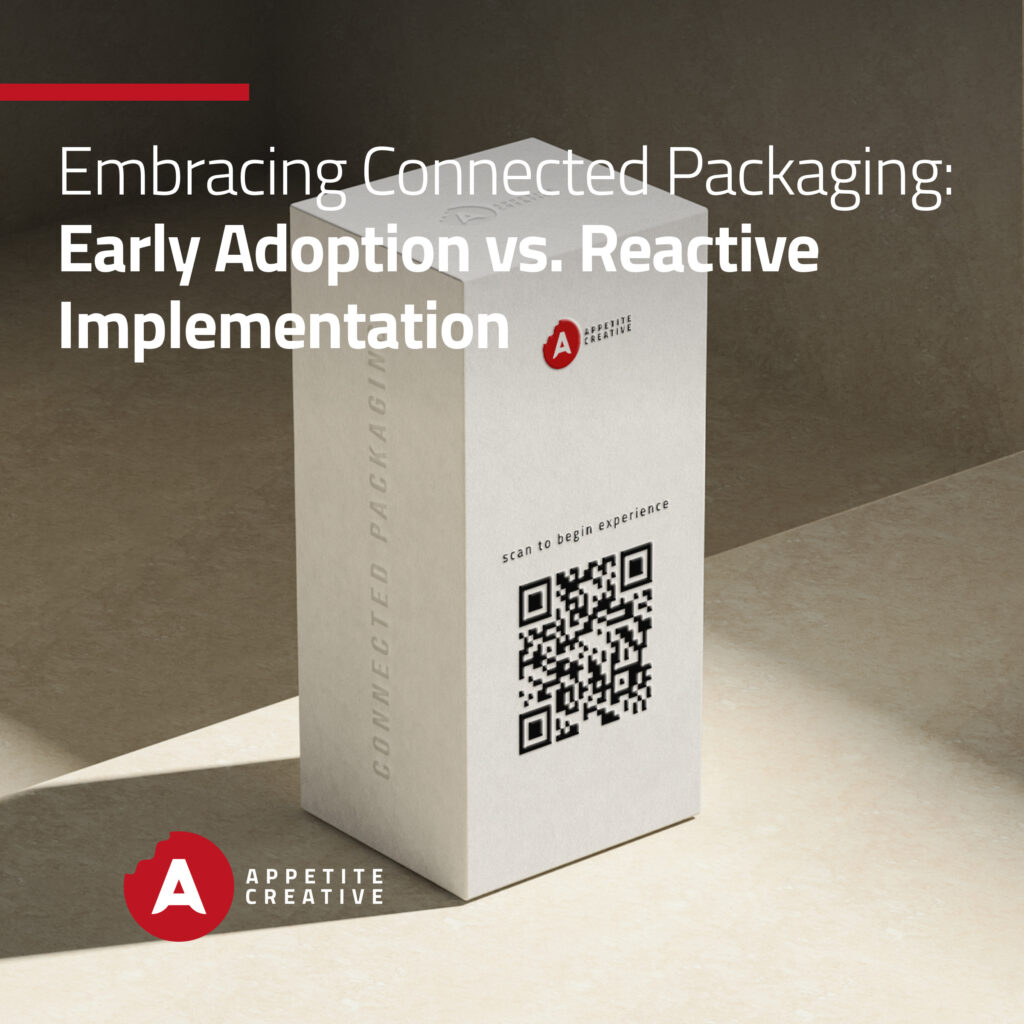
The rise of connected packaging presents brands with a critical decision: embrace the technology early or reactively implement it in response to market demands. In this article, we’ll explore the pros and cons of early adoption and reactive implementation of connected packaging solutions. We’ll delve into the significance of smart packaging and augmented reality packaging, examine the role of connected package professionals, and discuss key considerations for successful implementation.
Understanding Early Adoption of Connected Packaging
Early adoption involves proactively integrating connected packaging solutions into brand strategies before they become mainstream. Brands that embrace early adoption can gain a competitive edge by offering innovative experiences to consumers. Smart packaging technologies, such as QR code advertising and gamification marketing, enable early adopters to engage with consumers in unique ways and gather valuable insights for future strategies.
Exploring Reactive Implementation of Connected Packaging
Reactive implementation occurs when brands adopt connected packaging solutions in response to market pressures or competitive threats. While reactive implementation allows brands to catch up with industry trends, it may result in missed opportunities and delayed benefits. Brands that reactively implement connected packaging risk falling behind competitors and failing to fully capitalize on the potential of smart packaging and augmented reality packaging.
Leveraging Connected Package Professionals
Connected package professionals play a crucial role in guiding brands through the adoption and implementation of connected packaging solutions. Whether brands choose early adoption or reactive implementation, working with experienced professionals ensures that connected packaging initiatives are strategically aligned with business objectives. These professionals specialize in intelligent packaging and can provide valuable insights and expertise to maximize the effectiveness of connected packaging campaigns.
Maximizing the Benefits of Smart Packaging Solutions
Regardless of the approach chosen, brands must focus on maximizing the benefits of smart packaging solutions. Augmented reality packaging, QR code marketing, and playable ads offer opportunities to enhance consumer engagement and drive sales. By leveraging these technologies effectively, brands can differentiate themselves in the market and create memorable brand experiences that resonate with consumers.
Considering the Role of Data and Analytics
Data and analytics play a crucial role in both early adoption and reactive implementation of connected packaging. Brands must collect and analyze data insights to understand consumer behavior, preferences, and trends. By leveraging data analytics, brands can optimize their connected packaging strategies, refine marketing campaigns, and drive business growth.
Striking the Right Balance
In conclusion, the decision to embrace connected packaging requires careful consideration of the benefits and challenges associated with early adoption versus reactive implementation. While early adoption offers a competitive advantage and opportunities for innovation, reactive implementation allows brands to respond to market demands and remain competitive. Ultimately, brands must strike the right balance between innovation and pragmatism to succeed in the ever-evolving landscape of connected packaging.
